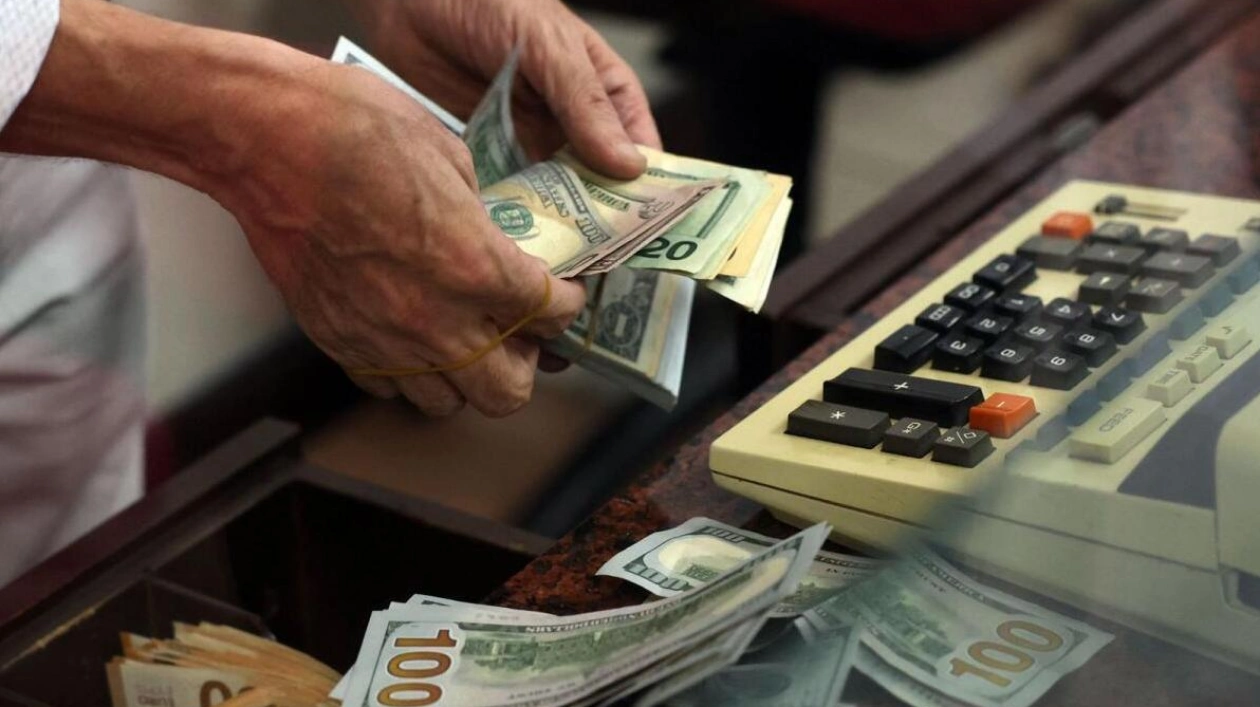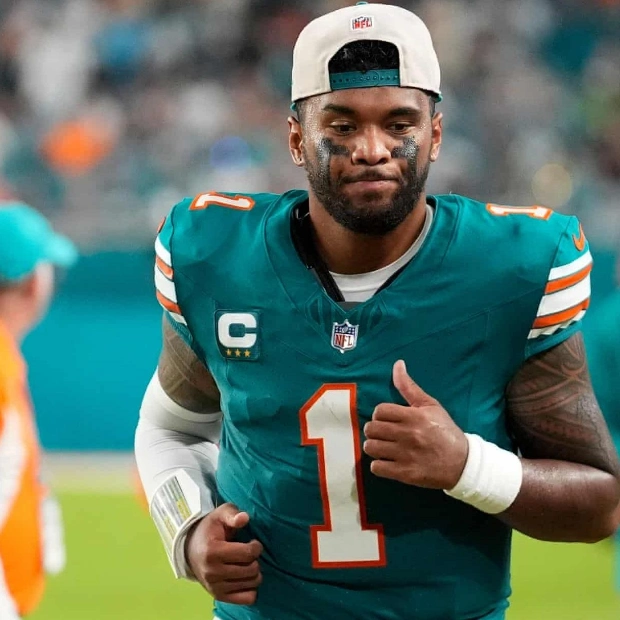The headline rate of US consumer inflation showed a greater-than-expected decline last month, as per government data released on Wednesday, reinforcing the belief that the Federal Reserve will lower interest rates next week. A rate reduction by the independent US central bank would stimulate demand in the world's largest economy, providing the Democratic party with positive economic news as they approach the final phase of the 2024 presidential elections.
The consumer price index (CPI) decelerated to 2.5 percent in August compared to the same period last year, down from 2.9 percent in July and marking the lowest annual figure since February 2021, according to a statement from the Labor Department. This figure was slightly below the median forecast of economists surveyed by Dow Jones Newswires and The Wall Street Journal. Monthly inflation increased by 0.2 percent, aligning with expectations.
"Today's report indicates that we are moving past inflation," said White House National Economic Advisor Lael Brainard in a statement. "With inflation returning close to normal levels, it is crucial to concentrate on maintaining the historic gains we have achieved for American workers during this recovery," she added.
Despite the positive news on the headline rate, a measure of inflation excluding volatile food and energy costs remained largely unchanged on an annual basis and rose by a larger-than-expected 0.3 percent from the previous month, suggesting that underlying inflation remains persistent. "It appears that some inflationary pressures are still related to what we would term catch-up inflation," Bernard Yaros, Oxford Economics' lead US economist, told AFP. He highlighted a 0.6 percent increase in motor vehicle insurance and the continued persistence of housing indices. "This is not necessarily something the Fed can address immediately," he added.
Alongside the ongoing slowdown in consumer inflation, the Fed's preferred inflation measure, known as the personal consumption expenditures price index (PCE), has also eased towards the bank's long-term two-percent target in recent months. The labor market has also cooled. In this context, Fed policymakers have shifted their focus from inflation to the unemployment aspect of the bank's dual mandate, indicating that rate cuts are imminent.
"The time has come for policy adjustments," Fed chair Jerome Powell stated last month. "The direction is clear, and the timing and pace of rate cuts will depend on incoming data, the evolving outlook, and the balance of risks," he added. A Fed rate cut next week will place the independent US central bank at the center of the political debate less than two months before November's presidential election, where the economy remains a top concern for voters. Policymakers have emphasized that the timing of rate cuts will be based on economic data, not political considerations.
However, a September cut could provoke the Republican candidate and former US president Donald Trump, who has previously, without evidence, suggested that Jerome Powell—whom he initially nominated to lead the Fed—was showing political favoritism towards the Democratic party. Investors will now focus on the upcoming Fed rate decision, which will be announced on September 18. According to CME Group data, futures traders are confident that the Fed will cut rates next week, but are uncertain about the size of the cut. They assign an 85 percent probability to a quarter percentage-point cut and a 15 percent chance of a more aggressive half-point cut.
"This report alone will not deter the Fed from cutting rates," Yaros from Oxford Economics said, adding that it likely reduces the likelihood of a half-point cut. "Our forecast is for rate cuts in September and December," he added. "But we must see what the Fed says next week in their meeting."






